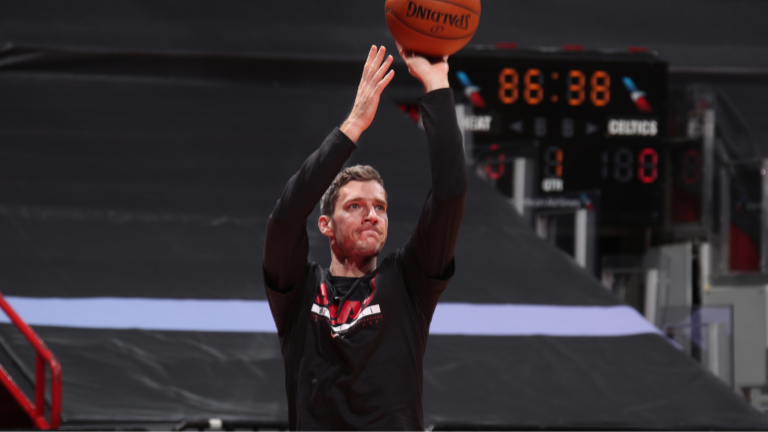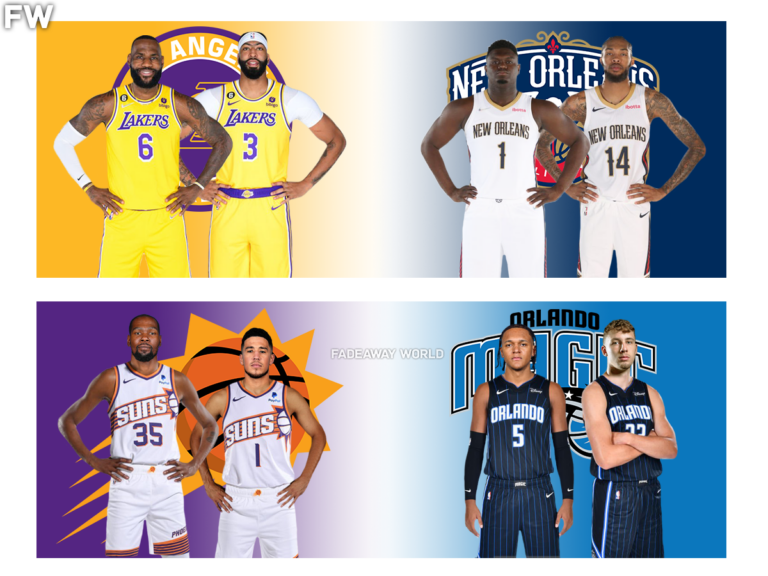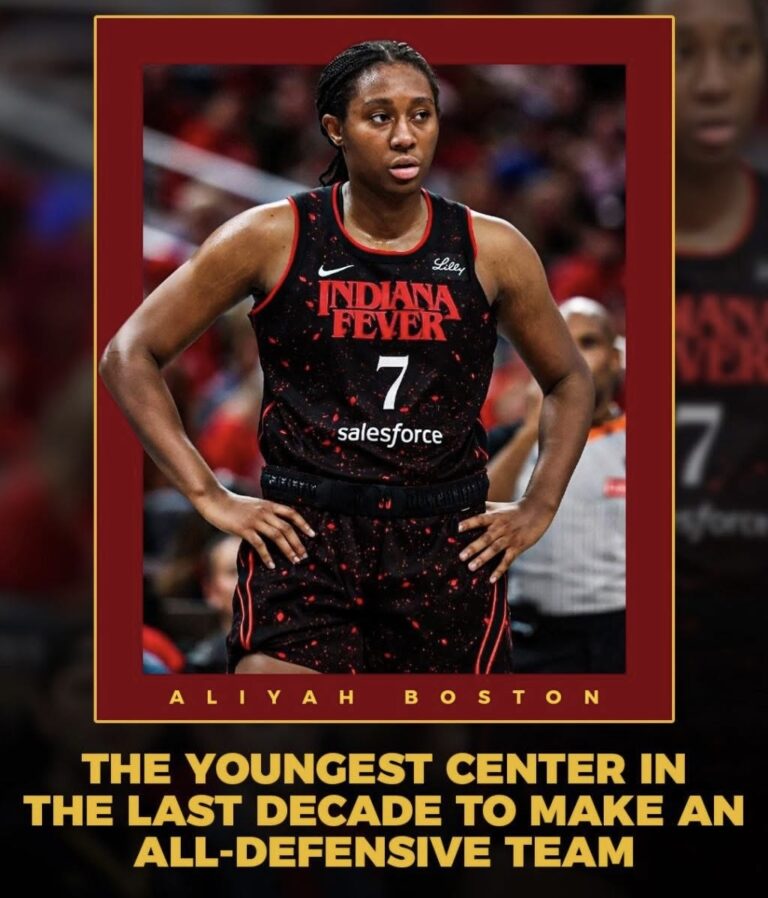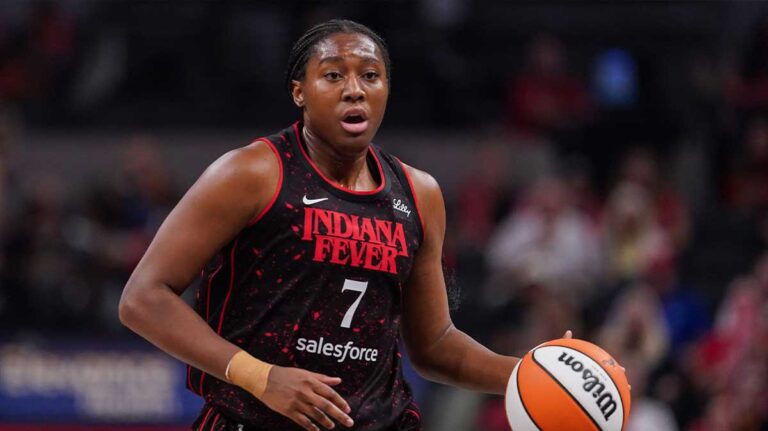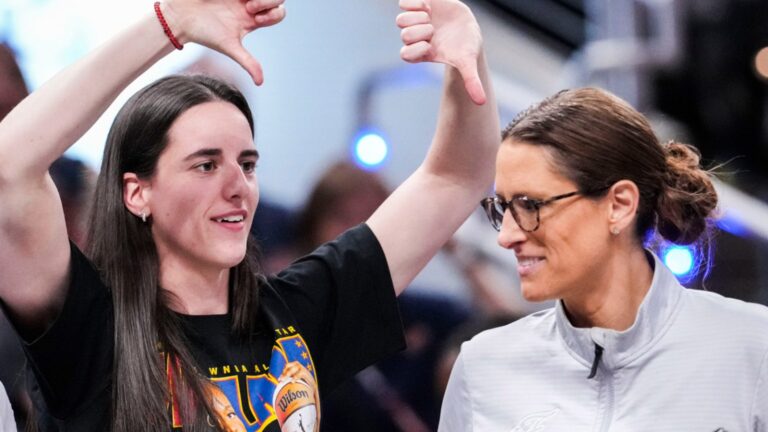Is Deandre Ayton an Upgrade from Jusuf Nurkic for the Blazers?
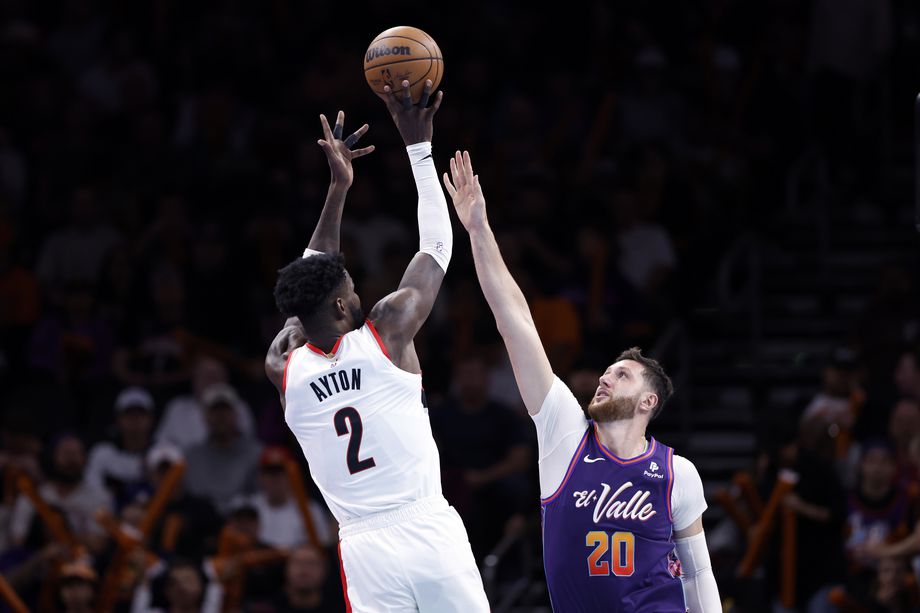
/cdn.vox-cdn.com/uploads/chorus_image/image/73010327/1817093927.0.jpg)
Though he garnered most of the headlines, Damian Lillard wasn’t the only member of the Portland Trail Blazers traded in late September of 2023. Blazers General Manager Joe Cronin also shipped out Jusuf Nurkic, Nassir Little and Keon Johnson to the Phoenix Suns as part of the trade flurry, receiving center Deandre Ayton and forward Toumani Camara in return.
Nurkic had been inextricably linked to Lillard during his Portland tenure. The big Bosnian served as the point guard’s pick and roll partner for six and a half years. However, by the end of the 2022-23 season, the near 30-year-old’s performance could best be described as temperamental. Once Lillard asked out of Portland, it made even less sense for Nurkic to stay on what was now a young-re-tooling roster.
As part of the still-growing return package for Lillard, the Blazers received Ayton, a former first overall pick. The 25-year-old center and the Suns appeared to have reached their own impasse.
More than two months into the season, the two bigs have settled into their respective teams, both of which currently sit in the bottom half of the Western Conference standings. The difference is the re-building Blazers aren’t expected to sniff the NBA Playoffs. The Suns, on the other hand, boast Kevin Durant, Devin Booker and the oft-injured Bradley Beal and are consequently expected to be competitive.
When the trade happened, I wrote that Ayton was an upgrade over Nurkic despite the Bahamian earning close to double his predecessor’s salary. With a third of the season gone now, does that still hold true? Let’s see.
Money and durability
As mentioned, Ayton is collecting quite a bit more in his pay packet at roughly $34 million a year until the summer of 2026. We can thank the Indiana Pacers, who signed the big man to a rich restricted free agent offer sheet during the 2022 offseason. This prompted the Suns to match for fear of losing the former number-one pick for nothing.
Nurkic is due $18 million per annum over the same period. Age-wise the Bosnian has five years on Ayton, with his best days most likely behind him. He’s also endured a myriad of injuries, most notably the leg break he suffered in March 2019. Since that horrific event, Nurkic has played 180 of a possible 340 games. Ayton has suited up in 259 over the same period with his prime arguably still to come.
Obviously Ayton has missed a few games this past week, but I’m more confident in his durability and his capacity to continue improving over the next few years.
With the Blazers focusing on youth, Ayton’s deal isn’t likely to trouble the cap sheet. Jerami Grant and Malcolm Brogdon could well be moved shortly, with Shaedon Sharpe and Scoot Henderson not due for their next deal until the Ayton contract has expired. Anfernee Simons is the only other loftier deal at $26 a year but it also finishes up in 2026.
Style of play
Ayton and Nurkic’s early season output can’t be analyzed by a simple one-to-one comparison. While playing the same position, the two play different roles for their respective franchises.
Ayton is a 7’0 monster, noticeably agile for his size. He might actually be one of the most athletic bigs in the league. He’s quick, owns great footwork and is midrange shooting wiz, reminiscent of — but not as good as — a young LaMarcus Aldridge.
Ayton has been one of the NBA’s most efficient scoring big man inside the three point arc in recent years, making him both a pick and roll and pick and pop threat.
He also makes a lot more sense with Henderson, Simons and Sharpe, able to keep up in a more fast-paced system. Nurkic is a lumberer, ill suited to faster paces and fast breaks.
Ayton’s athleticism and endurance also allow him to spend more time on the court. This season, Ayton has averaged 35.5 minutes a night, compared with Nurkic’s 30.0 minutes
Ayton is yet to play at the level he showed through stretches with the Suns, particularly during the 2021 NBA Finals. But the chemistry he’s building with Anfernee Simons in the pick and roll is coming along since the guard returned from injury. This relationship will continue to solidify and will no doubt lead to a more efficient Ayton on the offensive end.
Nurkic is superior to Ayton as a playmaker, which is probably a major reason the Suns targeted the Bosnian. As discussed, the Arizona franchise has dedicated the lion share of its payroll to three players, depriving themselves of the requisite cap space to pay a starting-level point guard.
Booker and Beal are very much scoring guards. That leaves the playmaking to be carried out by committee, which has very much included Nurkic.
As far as defense goes, the pair are close to a wash. Ayton’s athleticism allows Blazers Head Coach Chauncey Billups to be creative on the defensive end with switching more of an option. While he’s not the rim protector some of his peers might be, Ayton is also not averse to swatting shots.
Nurkic is just big, presenting more resistance at the rim and, as such, is more suited to drop defenses where he’s better placed to reject and alter shots.
The numbers
This season, Ayton has the edge over Nurkic when it comes to basic counting statistics.
The former number one pick has put up 13.1 points, 10.8 rebounds, 1.6 assists, 1.2 steals and 0.7 blocks to the Bosnian’s 12.0 points, 10.3 rebounds, 3.7 assists, 1.0 steals and 1.2 blocks.
Ayton’s field goal and effective field goal percentage sit at 54.8 percent while also hitting 77.8 percent of his free throws. Nurkic is making 46.4 percent of his field goals with his effective field goal percentage a slightly higher 49.8 percent thanks to a few extra three-pointers made. The Bosnian is hitting 70.7 percent of his free throws.
Nurkic owns the higher usage at 20.6 percent to Ayton’s 18.1 percent. But much of that is due to the need for that extra playmaking. Nurkic ranks 15th in assist rate among NBA bigs compared to Ayton’s who currently sits 69th.
Ayton outranks Nurkic in steals, ranking 17th to 21st respectively. He also ranks 17th in staying out of foul trouble compared to Nurkic who ranks 90th among bigs.
Ayton dominates Nurkic in scoring, ranking 17th in long midrange shots (further than 14 feet) to the Bosnian who is currently 63rd. He ranks 30th in all midrange shots to Nurkic’s 58th ranking, 71st in free throw percentage to Nurkic who is 85th and 68th at the rim to Nurkic’s 100th ranking.
Nurkic is besting Ayton in blocks, ranking 37th to the Bahamian’s 78th ranking. Nurkic also wins in offensive rebounds (28th to 33rd) and defensive rebounds, (7th to 16th). While Nurkic is the only one of the two to have taken a three pointer, the former Blazer currently sits 107th among bigs so it’s hardly anything to boast about.
Finally, in the two games the Blazers and Suns have played this season, Ayton has a slight edge. On November 21 in Phoenix, the pair had similar outings with Nurkic putting up 18 points, 12 rebounds, 1 steal and four blocks and Ayton 18 points, 8 rebounds, 4 assists, 1 steal and 1 block to Nurkic’s
However, Ayton took the chocolates in Portland on December 19, registering 16 points, 15 boards and 3 assists to Nurkic’s 9 points, 13 rebounds, 3 assists and 2 blocks.
Coincidentally, the Blazers visit the Suns on Monday. We’ll wait to see if Ayton has recovered from his knee tendinitis.
Conclusion
The Blazers have upgraded at center, not just because Ayton is a better scorer but because his age and play style fits with the Blazers new young core.
Nurkic continues to facilitate. But it’s more a necessity than a luxury for the Suns who lack a real point guard in their starting lineup. The big Bosnian has proved he’s still an effective NBA player, but his flaws, i.e. finishing and just general inconsistency, have a good chance to return when the title-hungry Suns hope to still be playing in April, May and June.
Ayton makes a heck of lot more sense for this Blazers team and has shown an early affinity playing alongside Anfernee Simons. This will only grow as the pair acclimate to each other. Like Nurkic, Ayton is prone to lapses but the pureness of his shot and his versatility on defense still make him a more impactful big for this team.
GET MORE NEWS HERE
